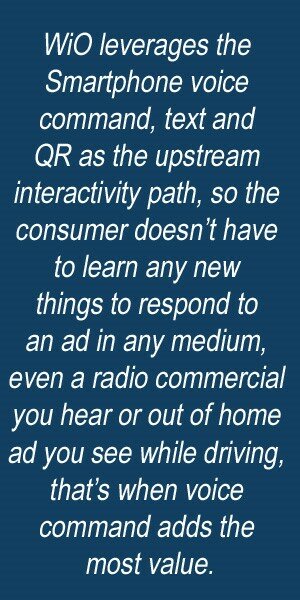Author|Bill Harvey
Source: www.mediavillage.com, May 2021
Standard Media Index (SMI) has graciously shared some topline views of what is going on in the eCommerce DTC category in the U.S. so far in 2021. Of course, we all knew that they would be upping their ad spend to take advantage of the stay-at-home pandemic lockdown. Rationally, this has to be one of the most dynamic verticals in the economy right now, so we decided to take a closer look.
Q1 eCom ad spend is up 76.7% over Q1 2020, the last quarter mostly unaffected by COVID. But the increase is not uniform across media types.
In Q1 2020, TV was the dominant media type for online retail with a 70.2% share of total ad spending. Digital was second largest eCom media type with 22.9%. But the cultural shift to digital triggered by COVID news, streaming and especially inbound consumer desire to order home deliveries prompted a shift in focus to digital, which became 40.7% of ad spend in this category in Q1 2021, leaving TV still No. 1 with 57.2%.
However, because of the overall stupendous ad budget increase, TV grew YOY +44% while digital more than tripled at +214% growth.
Interestingly, local TV, whose use by eCom had been decreasing — down 35.4% 2018 vs. 2017, -82.7% 2019 vs. 2018, and -81.1% 2020 vs. 2019 — increased +292.3% in Q1 2021 vs. Q1 2020.
Like the insurance category I analyzed here last week, this is another very data-driven vertical. Any media type that is seeing increasing usage by categories like these is probably worth a heavy-up test (or simply a test if you have not been spending a dime in the media type) in any product category.
In the case of local TV, where insurance is also increasing share of ad spend in 2021, I have worked in that field and spent time studying whether there are any brands in any categories whose sales are absolutely flat across geographies in the U.S. — and I never found a single brand that had anywhere near zero geo variance.
The other thing happening in local TV now is that it is becoming quite targetable and data driven. Streamers are for the most part selling local inventory as well as national. The stations are all in that game. ATSC 3.0 is rolling out in the marketplace and having the same rapid consumer adoption as streaming.
And, of course, local markets today di ffer mightily in terms of the mood in the market, where it is with COVID, reopening fast or slow. This might be the best opportunity we see for a long time for why spend in local TV right now.
ffer mightily in terms of the mood in the market, where it is with COVID, reopening fast or slow. This might be the best opportunity we see for a long time for why spend in local TV right now.
Which brings me to radio. eCom increased its radio ad spend +2090% Q1 2021 vs. Q1 2020. Keep an eye on your SMI data: If it increases again it must be working.
Three media that have been diminished are newspapers, which eCom vacated in 2019 and has not returned; magazines, which was vacated in Q1 2021, and out of home, which decreased -93% in Q1 2021.
We advise these shrunken media types to go back to their former eCom clients with their own print/out of home (DOOH) digital inventory. Make deals that can’t be refused in order to get fast usable case study proofs in eCom.
WiO is a company that can make DOOH, hard copy magazines, hard copy newspapers, radio and television interactive without having to download any apps or anything. WiO leverages the smartphone voice command and text as the upstream interactivity path, so the consumer doesn’t have to learn any new things to respond to an ad in any medium, even a radio commercial you hear or out-of-home ad you see while driving. That’s when voice command adds the most value.
The losers in Q1 can be the winners in Q3 and Q4. Do what digital does, do it better, and beat your sales bogies.
Click the social buttons above or below to share this content with your friends and colleagues.
The opinions and points of view expressed in this content are exclusively the views of the author and/or subject(s) and do not necessarily represent the views of MediaVillage.com/MyersBizNet, Inc. management or associated writers.

